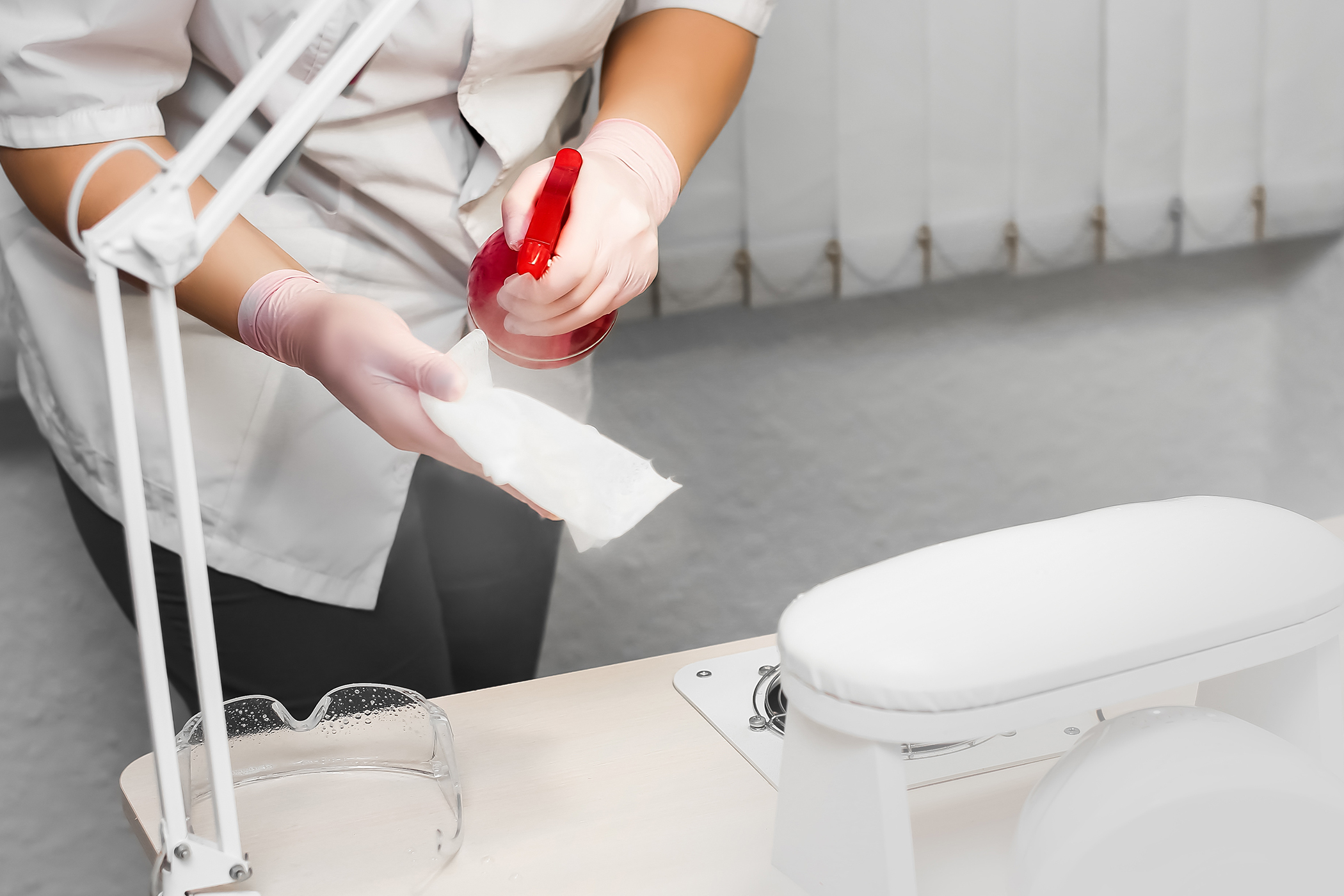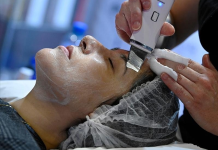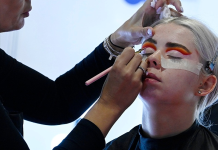Expert Advice: Creating a positive Safety Culture in your salon
Nicola Walsh explains the importance of generating the right health and safety culture and values to protect your staff and clients.
 How many of us have heard about creating a Positive Safety Culture in the Workplace? Not many I'm sure. However, it is probably the glue your business needs to create a safe working environment that promotes team effort and trust between all the workforce.
How many of us have heard about creating a Positive Safety Culture in the Workplace? Not many I'm sure. However, it is probably the glue your business needs to create a safe working environment that promotes team effort and trust between all the workforce.
In order to create the safety culture that you want in your business, you need to analyse the existing culture and set the values that you want to have in the business. If there is a ‘gap' in where the culture is at and where the culture is that you want, you may need to review and revise the elements of the business culture.
So what do you need to create a positive Safety Culture? Here are some key factors that have been proven to create not only a positive safety culture but also an environment of trust and transparency:
Safety Team: Appointing a safety team no matter how big or small an organisation helps meld the senior management to the workforce. The safety team should be visible to all workers and senior management and have a realistic grasp of how implementing health and safety policies work at ground level.
The safety team would be responsible for actively discouraging unsafe practice and behaviour, consulting regularly with staff and management, training, workshops, adequate protective equipment, emergency exercises to test procedures and general management of the safety system that's been put in place.
A good safety system: This ensures a robust workable system that defines who is responsible for what, policies and rules on safety, processes around monitoring safety, identifying resources available foe safety and providing good communication systems to the entire workforce.
Risk Assessment: In order to complete good risk assessments, on-going training should be in place for risk-recognition and risk-prevention. Risk is perception and can be a different perspective from one worker to another. There should be clear procedures and regulations around risk-taking behaviour so that it is clear to all workers what the company perceives risks to be.
Procedures & rules: Procedures should be clearly linked to specific tasks and documented. They should be monitored regularly. They should be reviewed and assessed regularly to not only identify gaps but also make sure they are ‘fit-for-purpose'.

Competency: Crucial to a positive safety culture is the extent of knowledge people have to carry out the task/job in relation to health and safety. Training and re-training is key to the success of safety in the workplace. Train and appoint dedicated safety staff as this fosters a culture of transparency where the staff feel they can voice concerns, admit to failings and work in a blame-free culture.
Don't be the business that waits for something to go wrong before realising you have neglected your Health and Safety obligations; it's never too late!
Nicola Walsh is a Beauty Business Owner, Health & Safety Consultant, Expert Witness, and founder of Ensure Health and Safety Ltd. She is also an All-Ireland Business All-Star.






